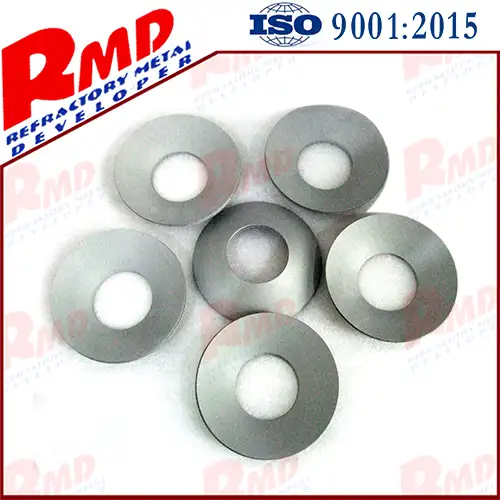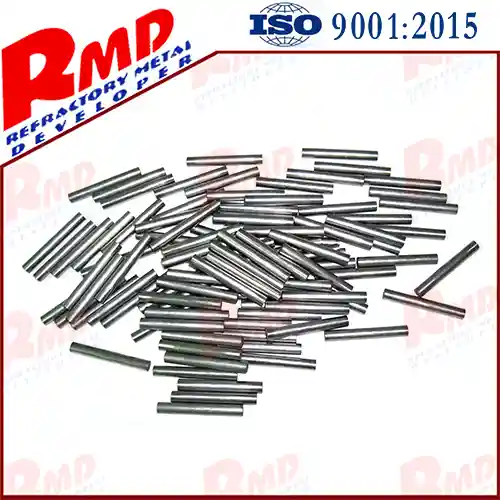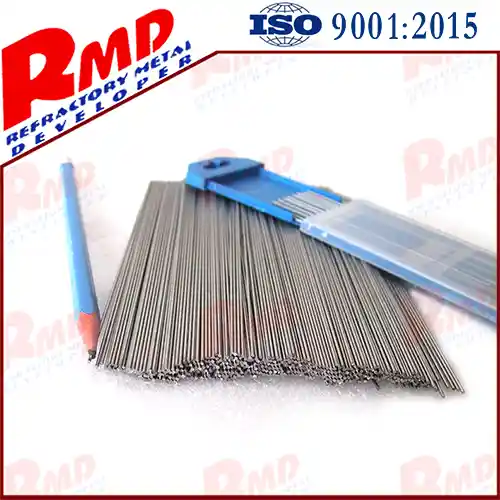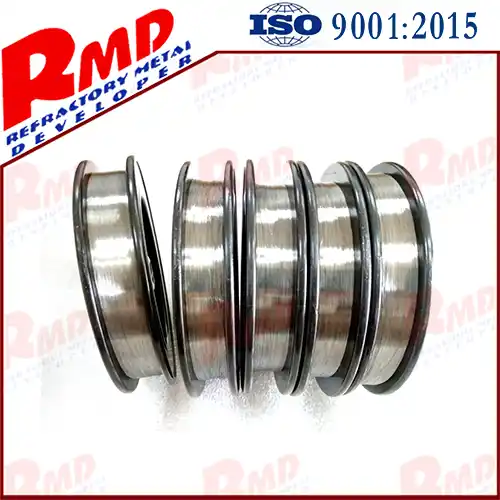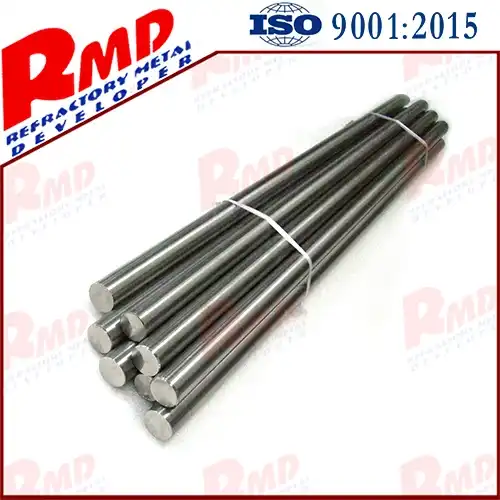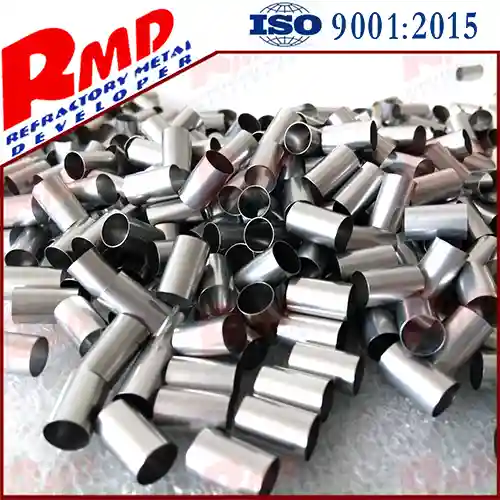- English
- French
- German
- Portuguese
- Spanish
- Russian
- Japanese
- Korean
- Arabic
- Greek
- German
- Turkish
- Italian
- Danish
- Romanian
- Indonesian
- Czech
- Afrikaans
- Swedish
- Polish
- Basque
- Catalan
- Esperanto
- Hindi
- Lao
- Albanian
- Amharic
- Armenian
- Azerbaijani
- Belarusian
- Bengali
- Bosnian
- Bulgarian
- Cebuano
- Chichewa
- Corsican
- Croatian
- Dutch
- Estonian
- Filipino
- Finnish
- Frisian
- Galician
- Georgian
- Gujarati
- Haitian
- Hausa
- Hawaiian
- Hebrew
- Hmong
- Hungarian
- Icelandic
- Igbo
- Javanese
- Kannada
- Kazakh
- Khmer
- Kurdish
- Kyrgyz
- Latin
- Latvian
- Lithuanian
- Luxembou..
- Macedonian
- Malagasy
- Malay
- Malayalam
- Maltese
- Maori
- Marathi
- Mongolian
- Burmese
- Nepali
- Norwegian
- Pashto
- Persian
- Punjabi
- Serbian
- Sesotho
- Sinhala
- Slovak
- Slovenian
- Somali
- Samoan
- Scots Gaelic
- Shona
- Sindhi
- Sundanese
- Swahili
- Tajik
- Tamil
- Telugu
- Thai
- Ukrainian
- Urdu
- Uzbek
- Vietnamese
- Welsh
- Xhosa
- Yiddish
- Yoruba
- Zulu
Preparation Process Of High-Purity Tantalum Sputtering Target Material- Smelting Ingot Method
2024-01-05 18:00:06
The high-purity tantalum sputtering target is prepared by the smelting ingot method to obtain high-purity or ultra-pure targets with excellent compactness. This is very critical for obtaining high-performance targets. Therefore, this method is still used to manufacture tantalum sputtering The mainstream method of targets. Generally, the tantalum raw material is first smelted (electron beam or arc smelting), and the obtained high-purity ingot or billet is repeatedly hot forged and annealed, then rolled and annealed, and then finished into a target. If the tantalum sputtering target contains pores, it will greatly affect the sputtering performance. For example, if the pores containing gas are opened during the sputtering process, gas may be released, making the sputtering process unstable and even arcing This phenomenon makes it difficult to guarantee the uniformity of the deposited film. Therefore, compared with the powder metallurgy method, the tantalum target prepared by the smelting ingot method is relatively dense.
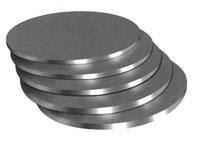
Generally speaking, the smelted ingot has coarse grains, and after hot forging and recrystallization annealing, grains below 100 μm can be obtained. The electron beam smelted ingot stock with a purity of 99.998% or more (to remove oxygen and other gas impurities), a height of 200mm, a diameter of 200mm, and a grain size of about 55mm, can be obtained by repeated forging, rolling, recrystallization and annealing, etc. A tantalum sputtering target with an average grain size of 110μm or less, a grain diameter deviation of ±20% or less, and a uniform structure and coating uniformity. However, there are still the disadvantages that it is difficult to control the uniformity of the target grain size and grain texture orientation, and it is easy to produce ribbon texture. This is because electron beam smelting ingots have many super-large grains, which require large-scale and expensive thermomechanical heat treatment. Thermomechanical treatment is limited in reducing the crystal size, the resulting crystallographic disorder, and the uniformity of the resulting microstructure. Generally, the heredity of the internal organization causes the tantalum target to have an internal organization with a strong (111) texture and uneven distribution in the thickness direction, which affects the sputtering performance of the target.
The inhomogeneity of such grains in the ingot can be solved by forging, intermediate heat treatment and rolling. Forging uses multiple upsetting forging, and large processing rate is used for grain crushing. The purpose of the intermediate heat treatment is to break the processed fiber structure after forging in the heat treatment, recrystallize, and form smaller crystal grains. The intermediate heat treatment temperature should not be too low, otherwise a certain amount of processed tissue will be formed, which will be difficult to remove in the subsequent rolling and heat treatment of the finished product, which will cause uneven tissue in the finished target, and even large strips of structure. The intermediate heat treatment temperature is too high, which will lead to the growth of grains, which not only violates our processing purpose of breaking the ingot structure and obtaining a fine and uniform structure. The current rolling process is only to obtain plates with qualified dimensions, and the degree of grain crushing is relatively high. Small, this is also the current research institute.
In the prior art, the tantalum target material is mainly obtained by hot rolling or cold forging process. The texture composition of the thickness direction of the obtained target material is not uniform, which is mainly manifested in the thickness direction of the target material. The upper and lower layers (100) texture occupy Excellent, the (111) texture dominates in the middle. This type of target can be used on machines with low requirements, but the uneven sputtering rate when used in high-end machines such as 12ʺ is unacceptable. High-performance target material, some large-size tantalum ingots used in research are first subjected to rotary forging by a fast forging machine, and then two hot forging (upsetting and long). Intermediate heat treatment is required between each process to obtain a structure close to Uniform billet. Cross rolling can be used for rolling, and each rolling direction is rotated 45° clockwise. Cross rolling ensures that the material has uniform structure performance and microstructure in all directions, and then obtains smaller grain size, and Target material with high density and uniform texture distribution.
